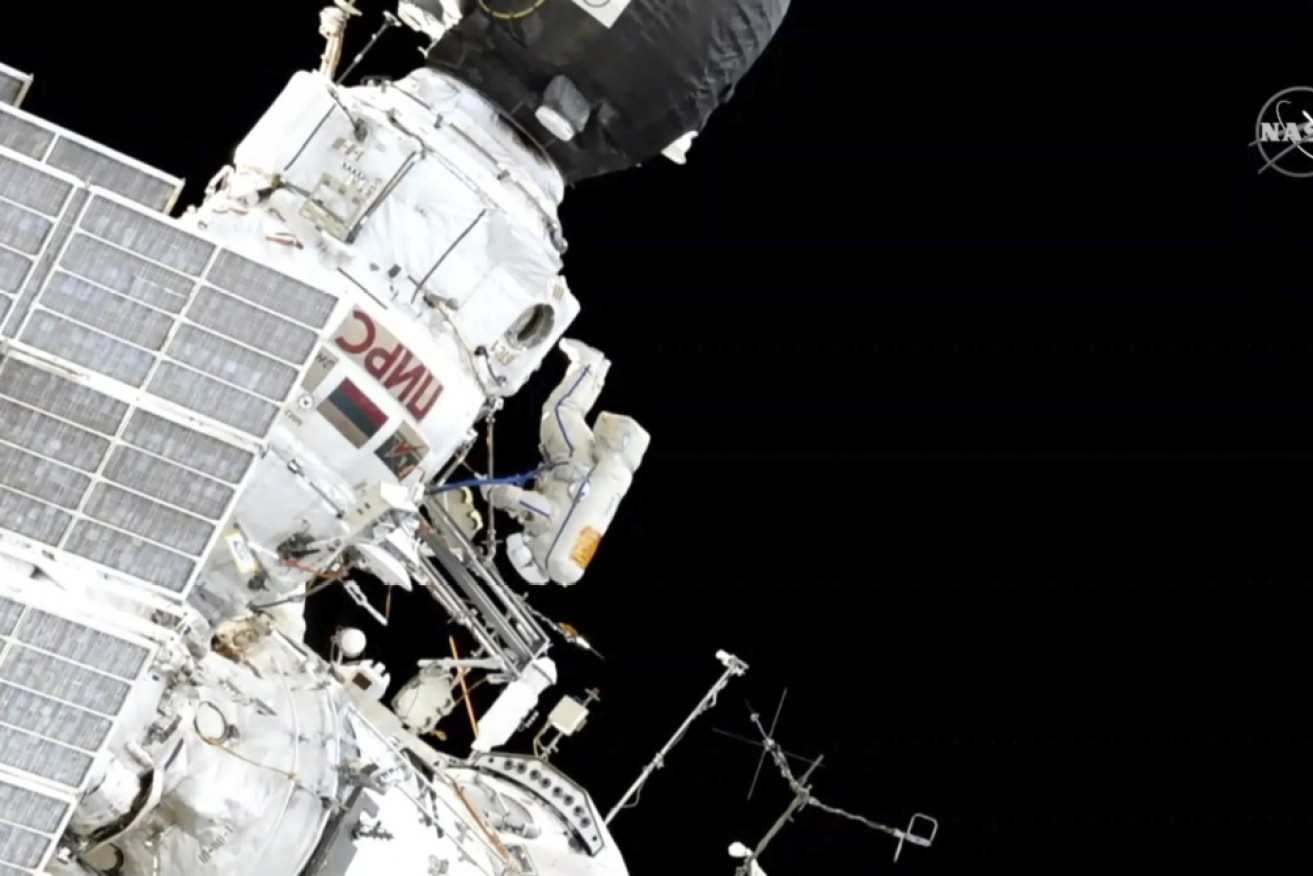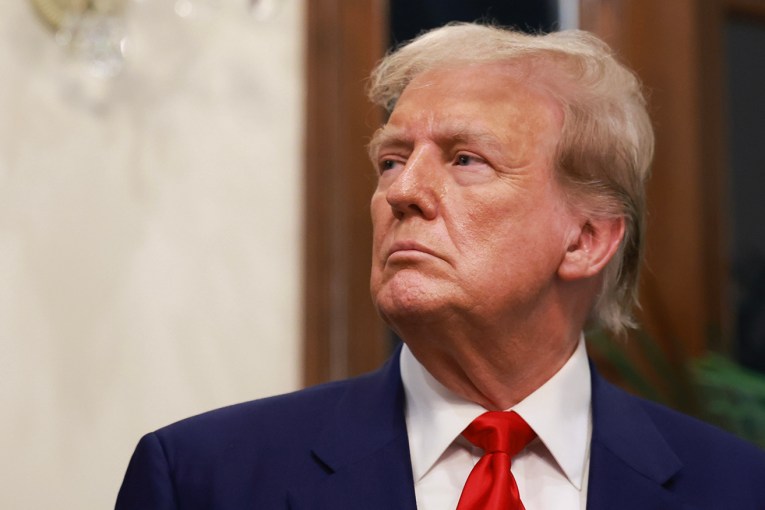NASA announces space station tourism plan

NASA has announced the International Space Station will be open for commercial ventures from 2020. Photo: AAP
You’ve heard about the International Space Station. Want to visit?
NASA has announced that the orbiting outpost is now open for business to private citizens, with the first visit expected to be as early as next year.
There is a catch, though: You’ll need to raise your own cash, and it won’t be cheap.
A round-trip ticket likely will cost an estimated $US58 million ($83 million).
And accommodations will run about $US35,000 ($50,000) per night, for trips of up to 30 days long, said NASA’s chief financial officer Jeff DeWit.
“But it won’t come with any Hilton or Marriott points,” Mr DeWit said during a news conference at Nasdaq in New York City.
Travellers don’t have to be US citizens. People from other countries will also be eligible, as long as they fly on a US-operated rocket.
Since the space shuttle program ended in 2011, NASA has flown astronauts to the space station aboard Russian rockets.
The agency has contracted with SpaceX and Boeing to fly future crewed missions to the space station. Private citizens would have to make travel arrangements with those private companies to reach orbit.
“If a private astronaut is on station, they will have to pay us while they’re there for the life support, the food, the water, things of that nature,” Mr DeWit added.
Depending on the market, the agency will allow up to two visitors per year, for now. And the private astronauts will have to meet the same medical standards, training and certification procedures as regular crew members.
The space station has welcomed tourists before by way of Russian rockets. In 2001, California businessman Dennis Tito became the first visitor by paying for a journey and several others have followed.
Friday’s announcement marks the first time NASA is allowing private astronauts on board.
The space agency will not be selling directly to customers.
Instead it will charge private companies that ferry passengers, which can pass on the costs to visitors, NASA spokeswoman Stephanie Schierholz said in an email.
The program is part of NASA’s efforts to open the station to private industries, which the agency hopes will inherit the orbiting platform some day.
Eventually, the space station will become too expensive for the government to maintain, said Bill Gerstenmaier, a NASA associate administrator. So the idea is to let the private sector start using the station now and perhaps eventually take it over, he said.
The NASA officials said some revenue from commercial activities will help the agency focus its resources on returning to the moon in 2024, a major goal of the Trump administration. The agency said this will also reduce the cost to US taxpayers for this next lunar mission.
Nasa will continue to carry out its own research in low-Earth orbit, but wants to work with private companies on testing new technologies, training astronauts and “strengthening the burgeoning space economy”.
The move will allow private astronaut missions on the ISS for a maximum of 30 days, leaving from a US spacecraft.
Companies will be responsible for determining their crew and ensuring they are able to meet the agency’s strict medical standards and training procedures.
William Gerstenmaier, NASA’s associate administrator for the human exploration and operations mission directorate, admitted that the decision was a huge shift for the agency, despite already allowing more than 50 companies to conduct some research and development on board.
“The private sector will have the opportunity to think creatively and create new markets,” he said.
“NASA’s approach is designed to lower but not totally remove the risk for the private sector, entrepreneurs and companies.
“NASA is allowing the private sector access to the ISS to enable the next-generation of lower-Earth orbit research facilities.
“Nasa realises that we need help, we can’t do this alone, we need everyone to help us moving forward.
“We’re reaching out to the US private sector to see if we can push the economic frontier into space.”
Last year, the ISS celebrated 20 years since being launched into orbit.
In November 1998 the first piece was sent into space but it remained unmanned until nearly two years later, when American astronaut William Shepherd along with Russian cosmonauts Sergei Krikalev and Yuri Gidzenko went on board on October 30, 2000.
The ISS has been inhabited every day since and crew members carry out research they would not be able to do on Earth.
However, main construction was not completed until 2011, when the final module was installed, and it looks set to be decommissioned by 2028.
-AAP






